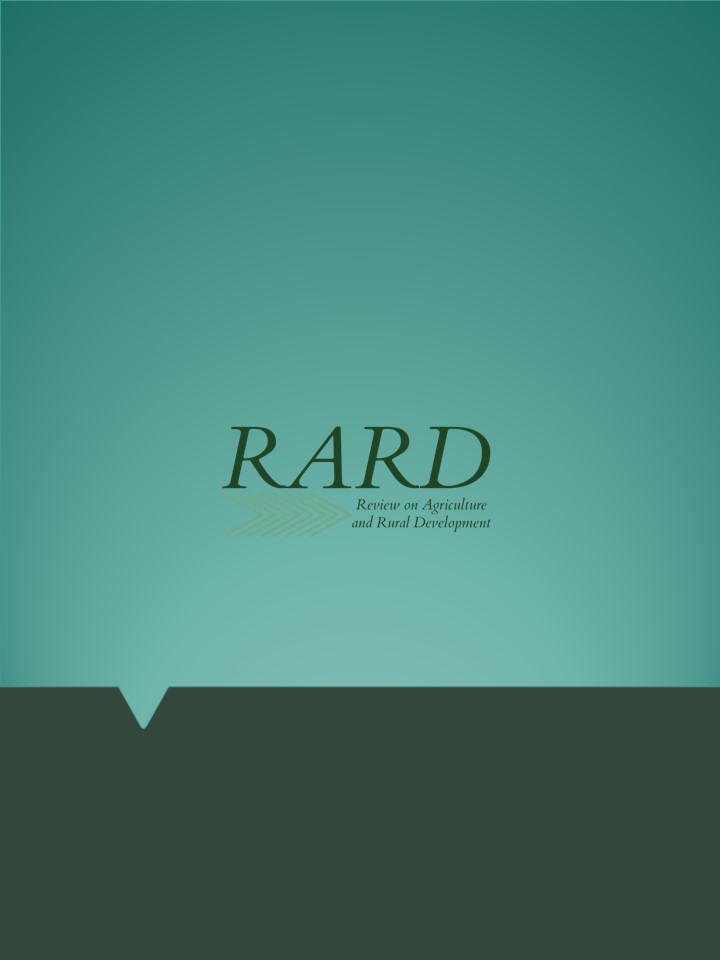Total Saponin Content (TSC) of different alfalfa (Medicago sativa L.) cultivars cultivated in field experiment
Main Article Content
Abstract
Saponins are secondary metabolites produced by various plants. These compounds have important role in the defence system. The word saponin refers to a group of different chemical compounds. Basically, sugar conjugates of triterpenoids or steroids are called saponins. Triterpene-type saponins are more specific among dicotyledonous plants, while steroid-type saponins are more characteristic of plants belonging to the monocotyledonous taxonomic group. Alfalfa is a large-scale cultivated and foraged fodder plant in Hungary. In the defence mechanism of alfalfa, saponins also play an important role. However, large amount of saponins can be toxic in animal fodder, especially in the poultry farming and piggery. As a dicotyledonous plant, the alfalfa saponins are mainly triterpenoid type. In our study we measure the total triterpenoid saponin content and leaf stem ratio of field cultivated alfalfa cultivars. Samples were collected from a randomized block design experiment, planted in the Demonstration Garden and Arboretum of Institutes of Agricultural Research and Educational Farm, in Debrecen, in 2018. Three different cultivar were investigated, and the samples were collected three different times of the growing season at growing stage of early flowering, for three years (2018-2020.). There was no difference in the TSC of examined varieties on the average of all measured data, although the sampling time showed significant effect on TSC. Our results attract attention to the fact that ageing of alfalfa stands can cause increase in TSC.
